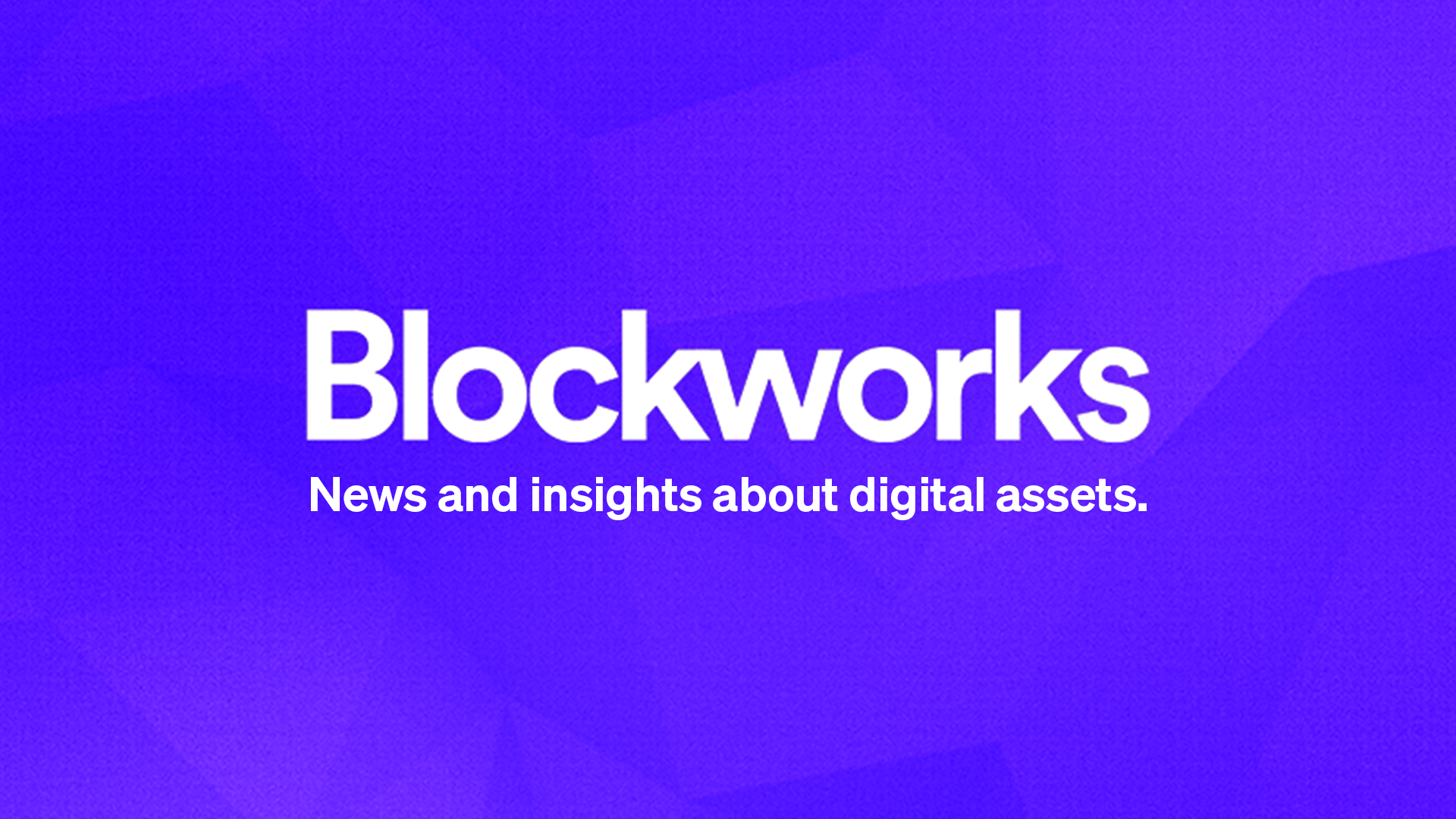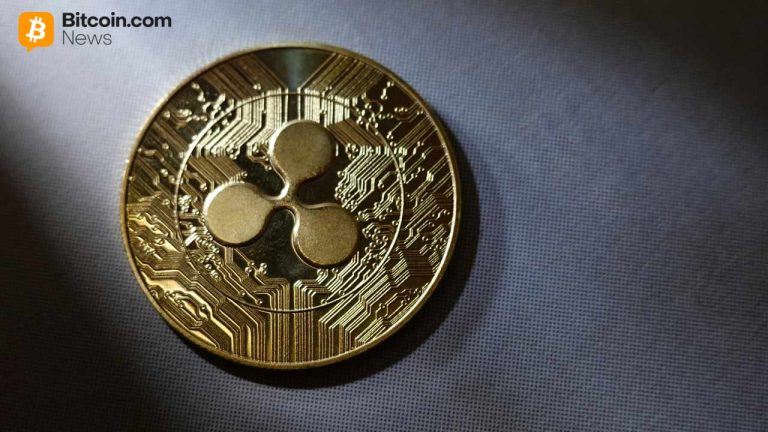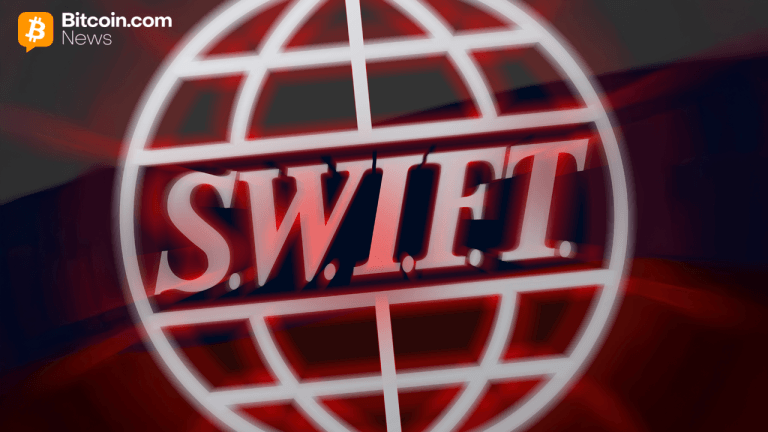ARTICLE AD BOX
With crypto markets stuck in a holding pattern and many Solana projects delaying big announcements until the Breakpoint Conference, people seem to be bored.
To fill the momentary void, some of the online crypto world has taken up arguing about Solana’s tokenomic structure — not a new debate by any means, but one that we’re yet to really engage with in Lightspeed.
The main complaint about SOL’s tokenomics these days seems to be that its supply is growing via inflation too quickly. Sources I spoke to seemed split on whether this is in fact a problem Solana should or will address, or if it’s all a non-issue.
Inflation on the Solana network refers to the ongoing creation of new SOL tokens, which are distributed as rewards to validators and stakers. This process incentivizes validators to secure and maintain the blockchain, ensuring network security and decentralization. In simpler terms, inflation is how Solana compensates validators for their essential role in processing transactions and securing the network, while also providing stakers with a yield for participating in the system.
When Solana first enabled inflation, it was set that the token supply would increase by 8% per year, but the inflation rate is set to fall by 15% yearly. Today, inflation is closer to 5%. Long term, it will decline to 1.5%.
This 5% inflation figure is commonly cited as a reason to be more bullish on Ethereum relative to Solana, as the ETH supply is inflating at a rate of around 0.7% currently. Inflation puts downward pressure on the price of SOL, since the existing supply is diluted by new tokens. There’s a bit more nuance here, since you can argue that inflation amounts to a value transfer from non-stakers to stakers, since inflation rewards eventually are paid out to stakers.
Still, in a new Lightspeed podcast episode, Blockworks Research analyst Dan Smith told me he predicts economic changes are coming for Solana in 2025.
“I feel this changing in the wind,” Smith said, where it “doesn’t feel necessary” to be emitting so many SOL tokens in inflation.
Nate, an anonymous figure helping run the Aurora validator, said he thinks the current inflation level creates a lot of “value extraction,” adding that it would probably be workable to cut validator rewards in half.
Still, Solana is a large network with several stakeholders, and a change like altering the inflation rate — and thus the amount of reward doled out to validators — would take some serious coalition building.
Switchboard co-founder Chris Hermida said he could see proposals coming up to lower inflation, but it doesn’t seem like there will be a “massive outcry” at the current inflation rate, especially when the rate is “(relatively) similar to many other large networks.”
Start your day with top crypto insights from David Canellis and Katherine Ross. Subscribe to the Empire newsletter.
Explore the growing intersection between crypto, macroeconomics, policy and finance with Ben Strack, Casey Wagner and Felix Jauvin. Subscribe to the On the Margin newsletter.
The Lightspeed newsletter is all things Solana, in your inbox, every day. Subscribe to daily Solana news from Jack Kubinec and Jeff Albus.
 (1).png)
 1 year ago
496961
1 year ago
496961








 English (US) ·
English (US) ·